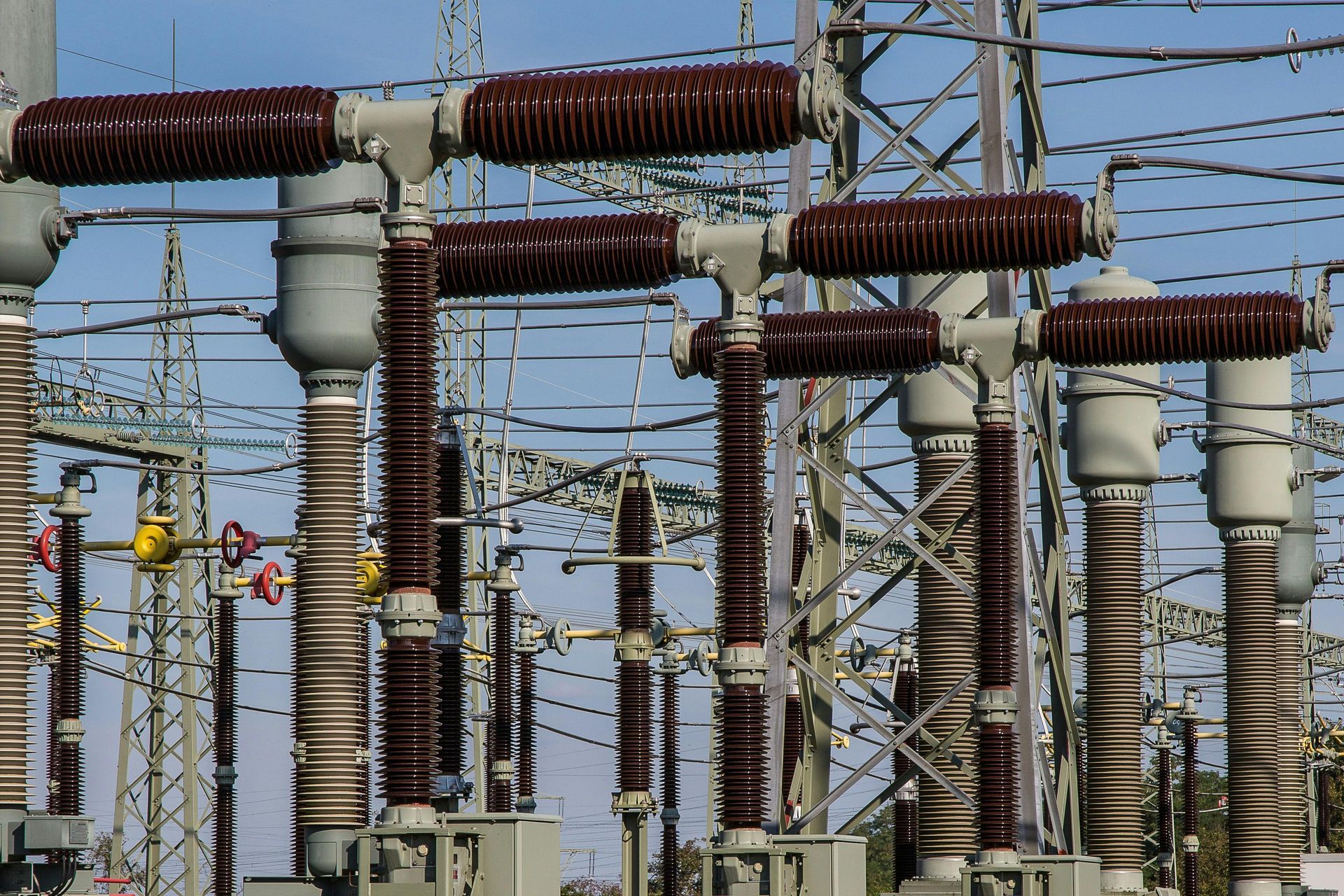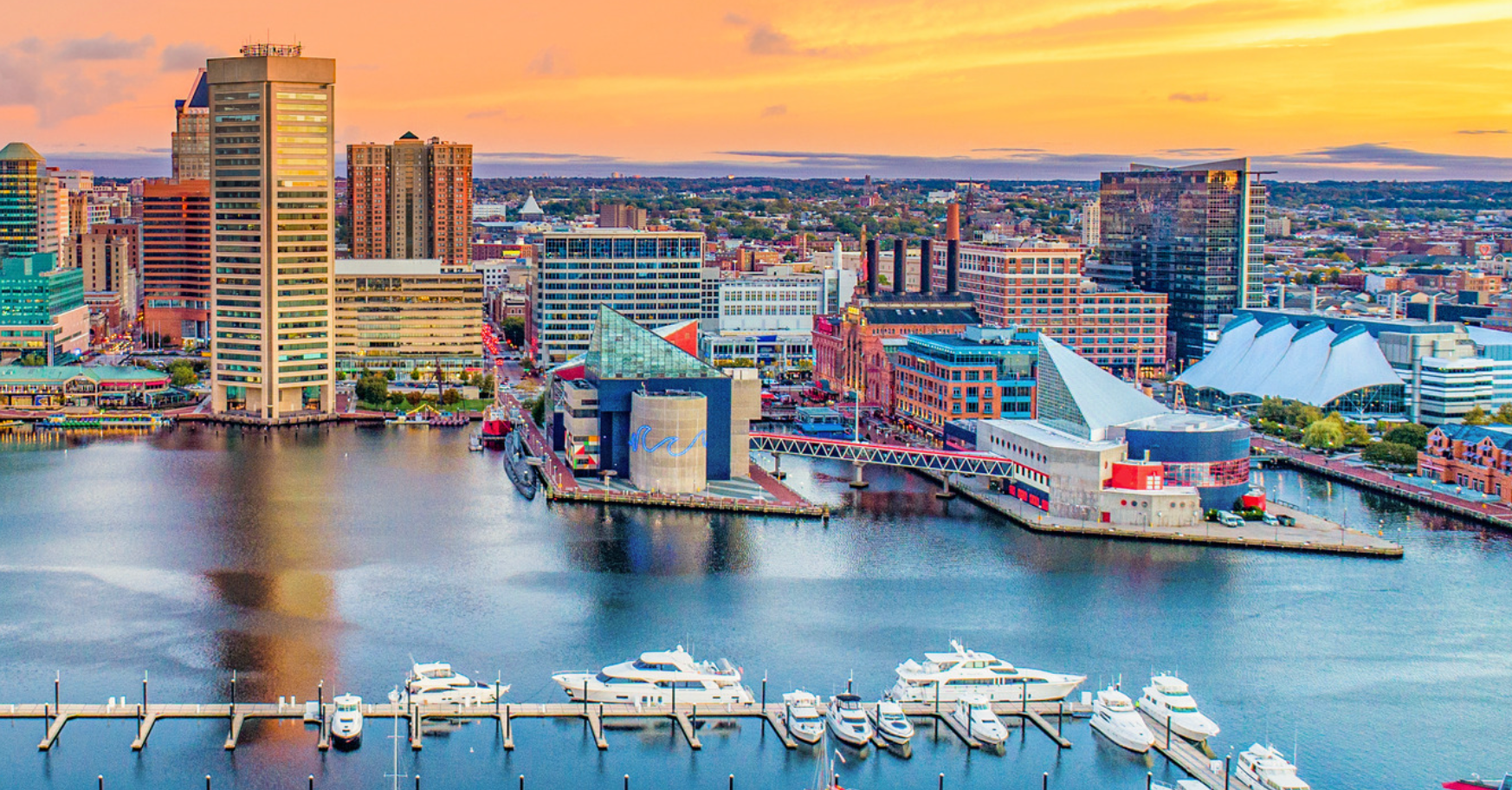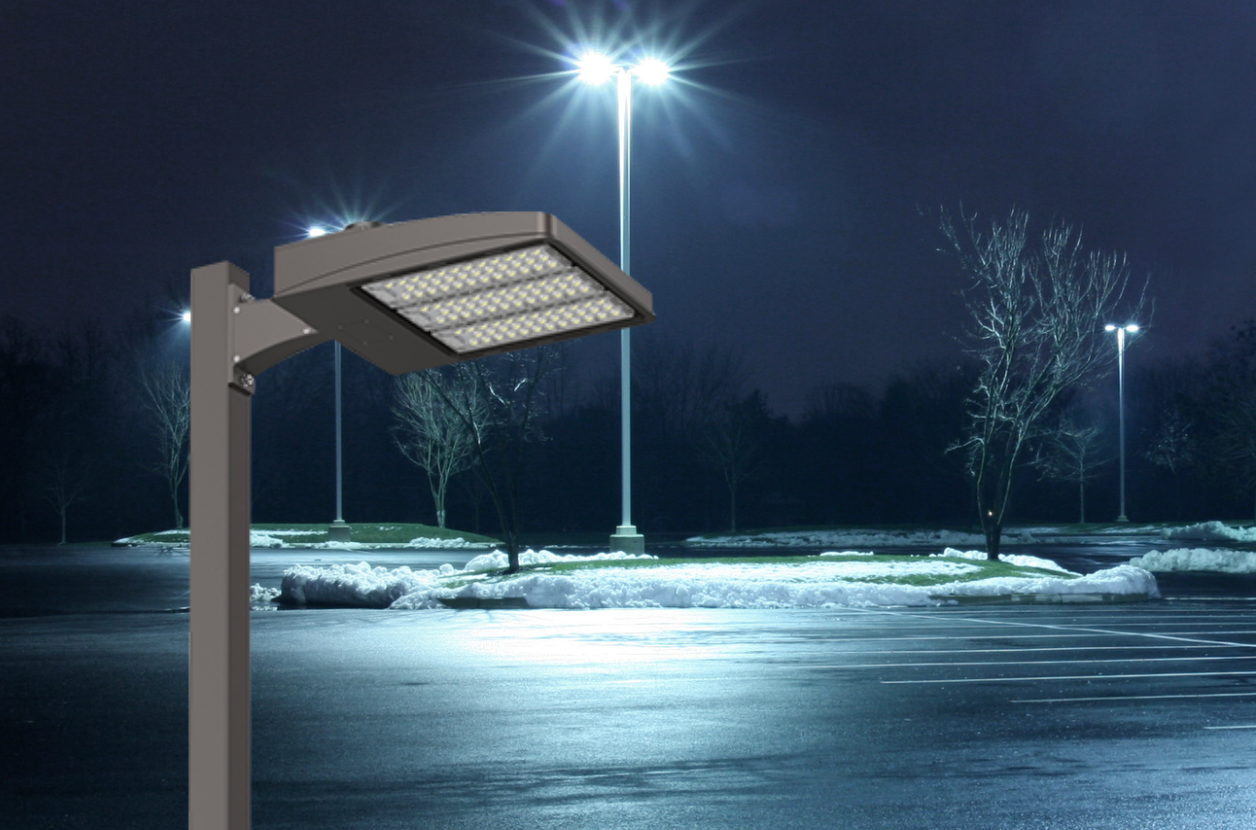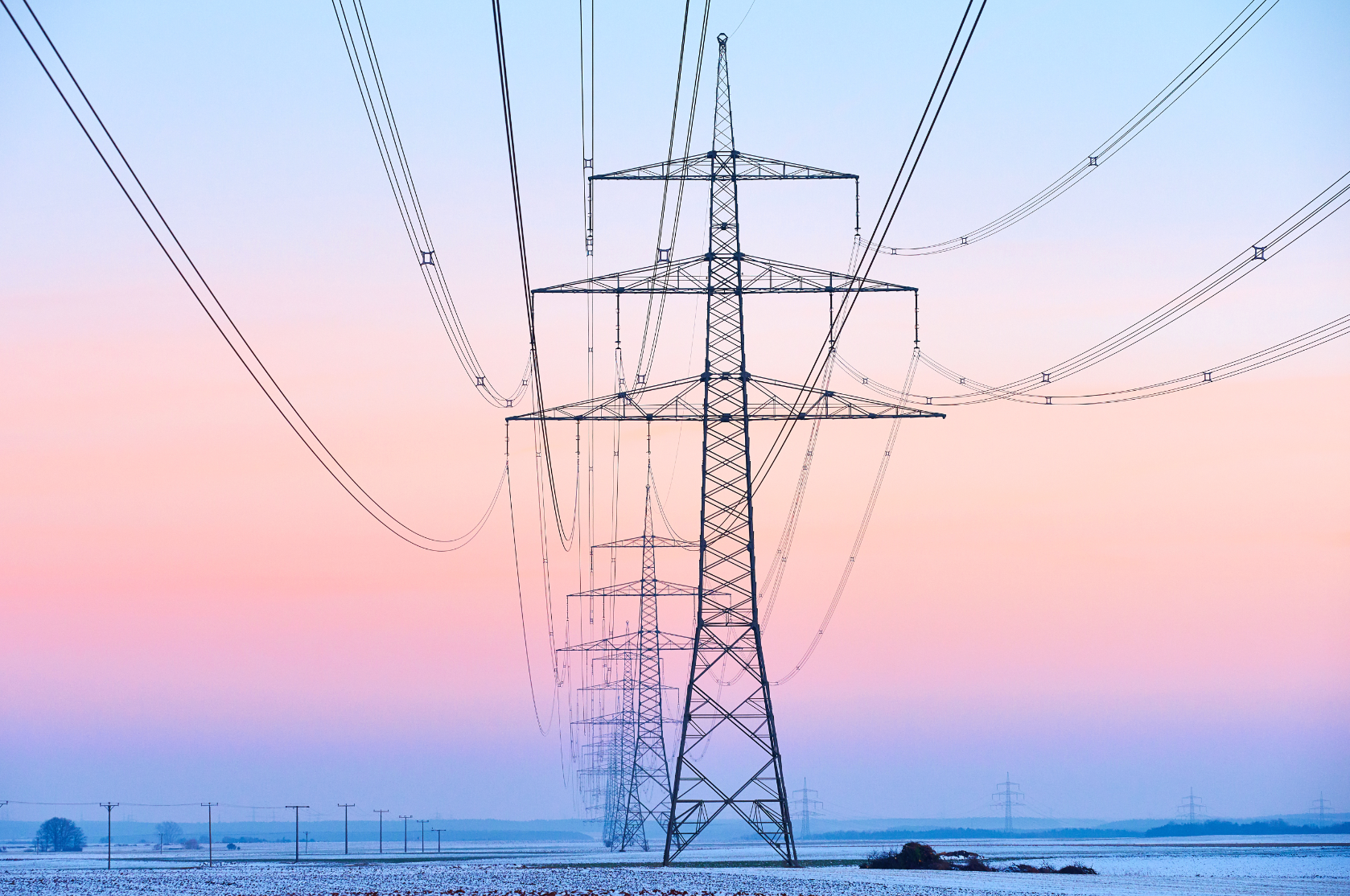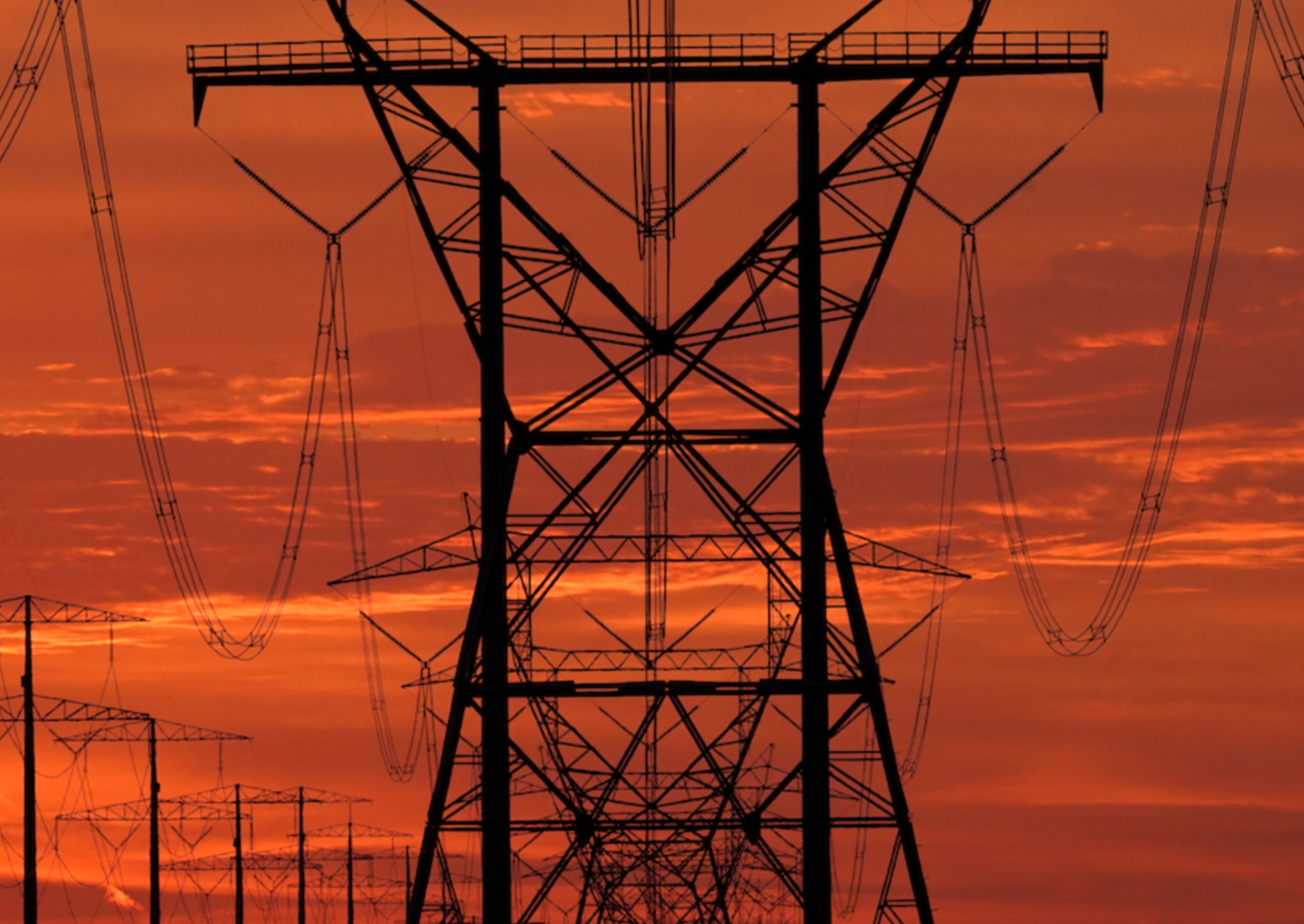Energy Monopoly States vs. Energy Choice States
Customers In Monopoly States See Prices Rise 40%; Electric Rates In Choice States Rose Only 10%
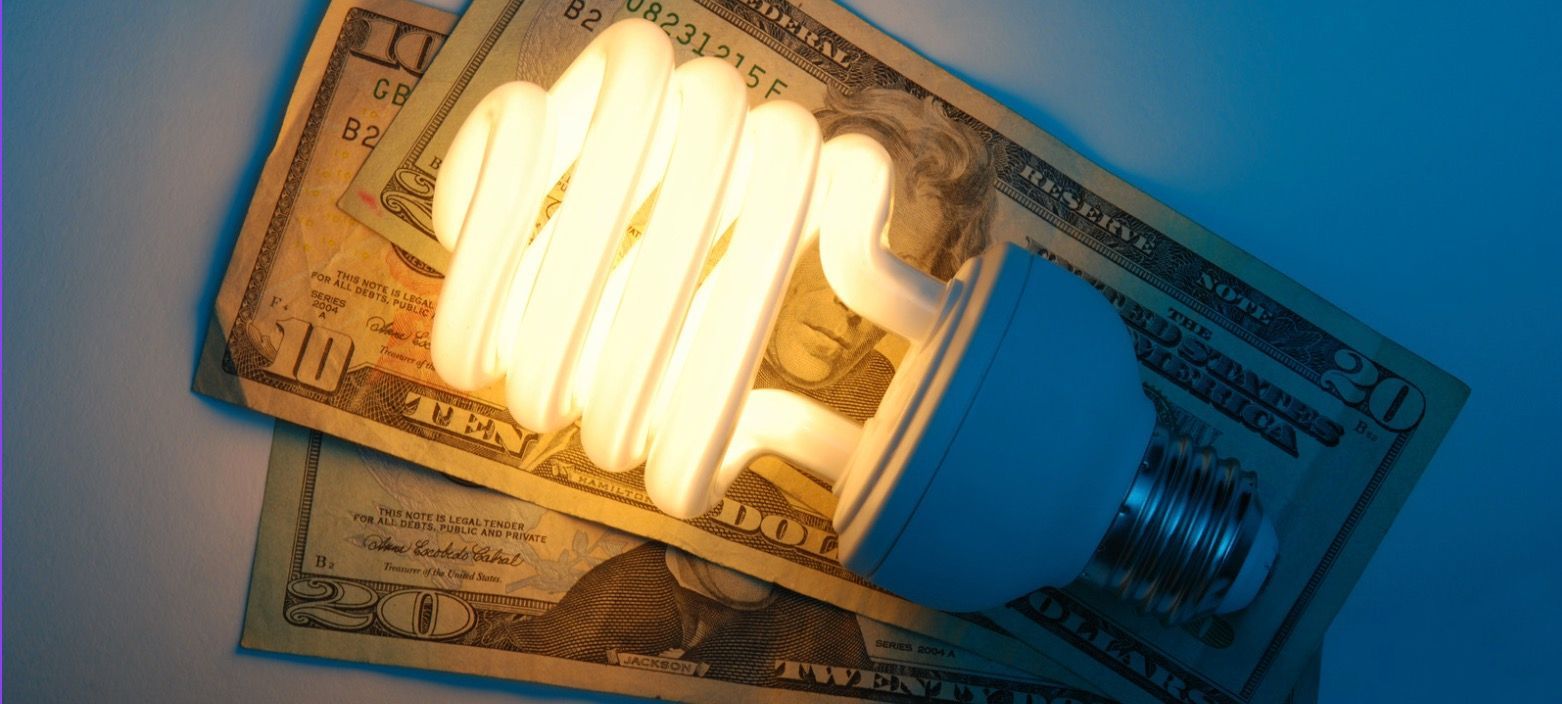
The Retail Energy Supply Association (RESA) has released its 2022 data report, using the latest information from the U.S. Energy Information Administration (EIA).
Here's the key takeaway: Since 2008, the average electricity prices for customers in places where they have choices (competitive states/jurisdictions) have gone up by about 10.6%. But in areas where there's only one utility company (monopoly states), prices have shot up much more, by about 40.3%. This means people in monopoly states could have saved more than $628 billion if their prices had risen like those in places with competition since 2008.
Breaking it down by customer type, these potential savings in monopoly states would have been approximately $212.9 billion for regular households, $260.4 billion for businesses, and $155.0 billion for industries. Meanwhile, in the 14 competitive states/jurisdictions, they managed to save about $430 billion during this time compared to the monopoly states. These numbers emphasize how much competitive power markets can save people on their electricity bills.
In 2022, over 13.2 million households in competitive states got their electricity from competitive retail suppliers, which is about 45.0% of the households in those states that can choose their electricity provider.
Tracy McCormick, the executive director of RESA, noted, "The data makes it clear: when people have options, they make smart choices, recognizing the benefits of competitive markets." RESA's president, Gretchen Fuhr, added, "This data strongly emphasizes the importance of giving consumers the freedom to choose their electricity providers. It's not just about saving money; it's also about encouraging innovation and sustainable energy solutions in the industry."



